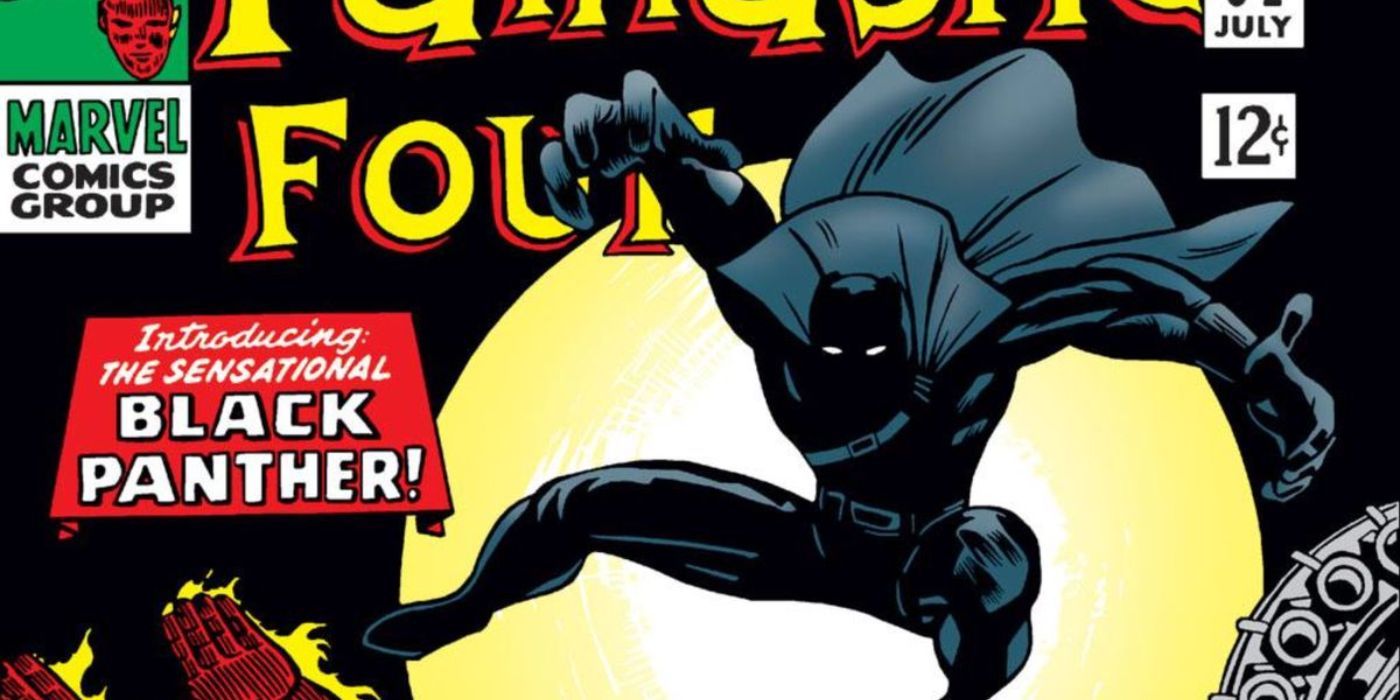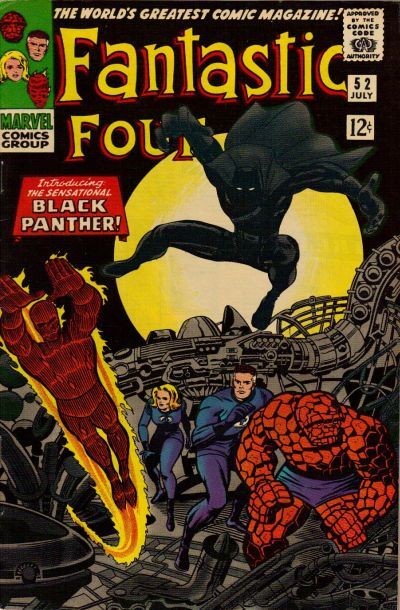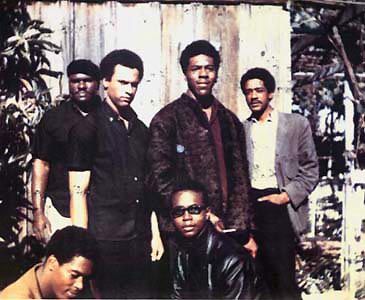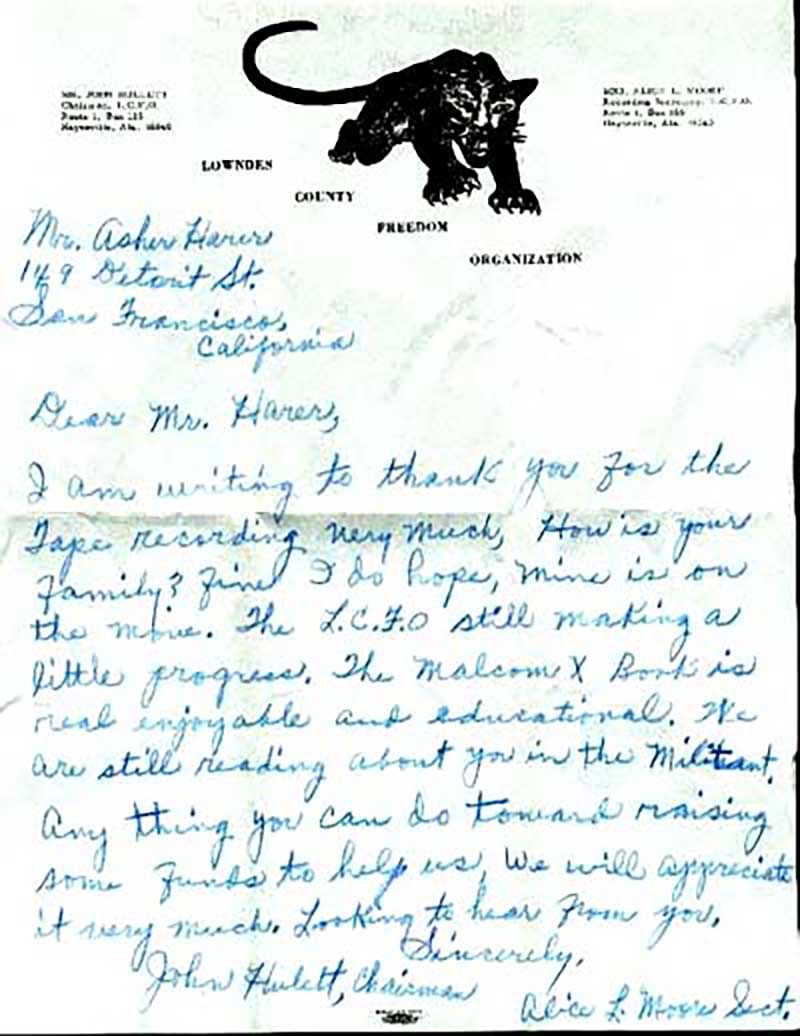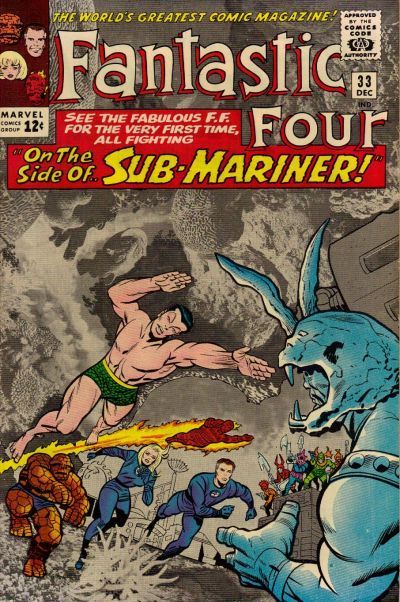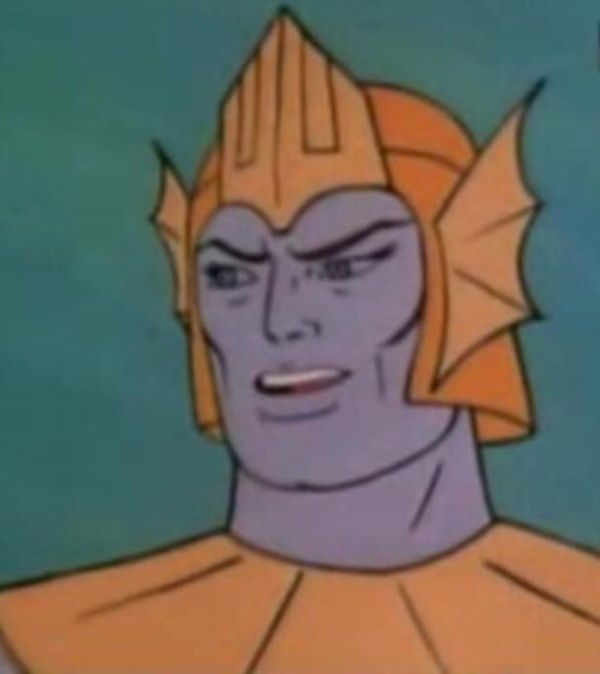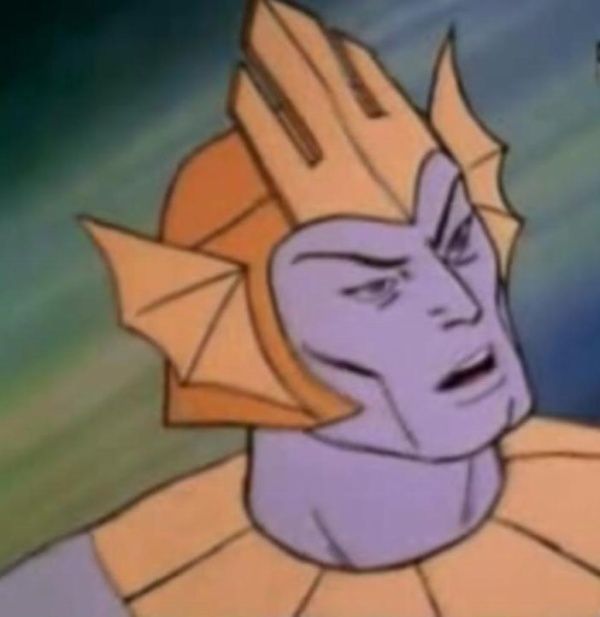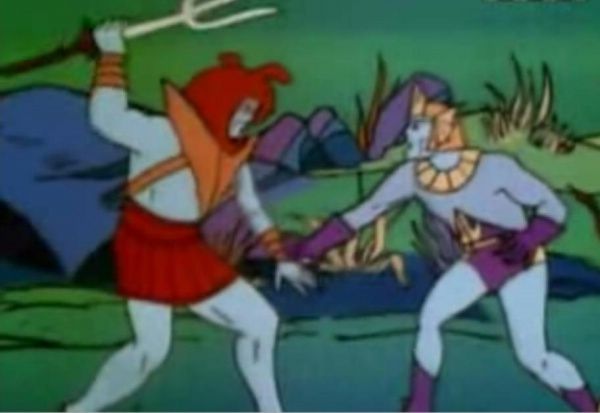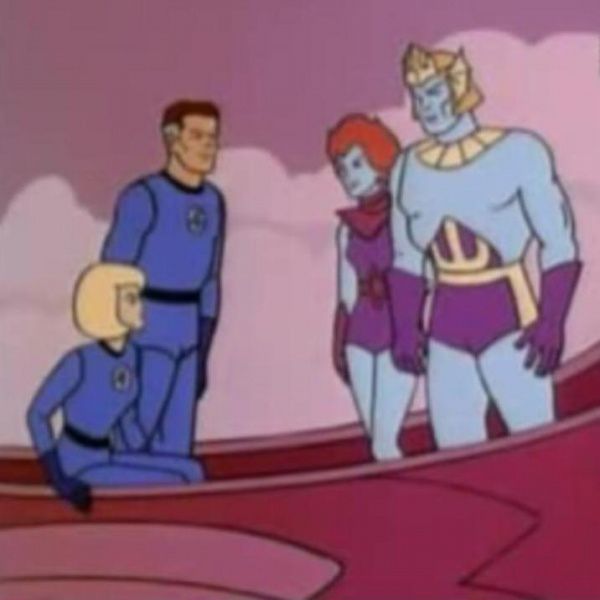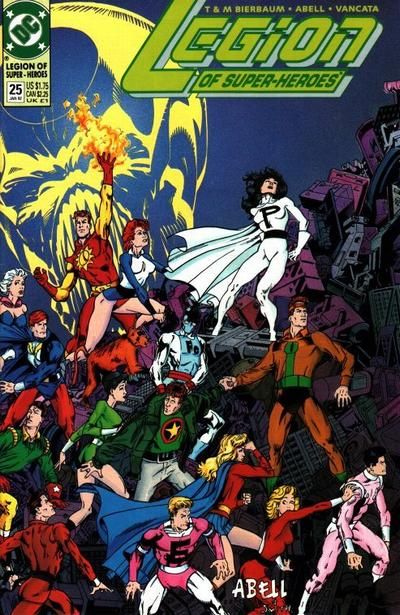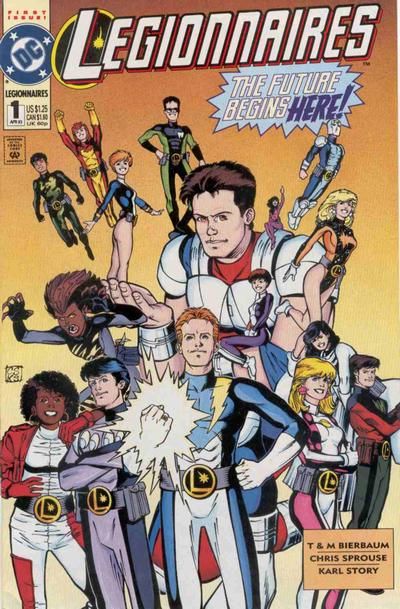This is the one-hundred and eighty-third in a series of examinations of comic book legends and whether they are true or false. Click here for an archive of the previous one-hundred and eighty-two.
Let's begin!
COMIC LEGEND: Stan Lee and Jack Kirby's Black Panther pre-dated the Black Panther Party.
STATUS: False
I will allay any fears of me simply being pedantic here by noting that the Black Panther first appeared in Fantastic Four #52, which was cover-dated July 1966, which means it probably hit the stands a few months earlier.
In October of that same year, in Oakland California, Huey Newton and Bobby Seale founded the Black Panther Party for Self-Defense.
So yes, the Marvel Black Panther certainly WAS around before the famous Black Panther Party that we are all most familiar with.
That's totally accurate.
However, what I wish to discuss is the notion that Newton and Seale could have possibly taken their name from Lee and Kirby's creation, a notion I recently was asked by reader Jason (who also asked one of the Madelyne Pryor legends last week). That's something I've always dismissed out of hand, but only because I found it unlikely that they just happened to see an issue of the Fantastic Four a few months earlier. But while I dismissed the notion, I did so thinking that the Black Panther in Fantastic Four, while not being the influence for the Black Panther Party (as anyhow, there have been plenty of groups named Black Panther over the years before T'Challa made his first appearance), DID at least come first.
That's where I was mistaken, as the Black Panther Party name and imagery that Newton and Seale ended up using were actually created the previous year, well BEFORE T'Challa showed up in the comics!
Members of the Student Nonviolent Coordinating Committee (SNCC) were working to register voters in Alabama in the mid-60s. In 1964, in Mississippi, the SNCC helped to form a new political party called the Mississippi Freedom Democratic Party (MFDP) to take the place at the 1964 Democratic Convention of the whites-only Democratic delegation from Mississippi. While they were unsuccessful in doing so, they did manage to draw a lot of attention to their cause.
Well, in Alabama, they wished to follow the lead of the Mississippi Freedom Party, so in May 1965 they formed the Lowndes County Freedom Organization (LCFO) under the leadership of Stokely Carmichael. Now, in Alabama at the time, due to the number of illiterate voters, each party had to have its own symbol.
The LCFO had a designer come up with a logo, and she developed a dove symbol. That was determined to be too passive of a logo, so the designer then went to the mascot of Atlanta's Clark College (a predominantly black college that has since merged with another black school, Atlanta University, to become Clark Atlanta University), which was the Panthers. Clark's logo was basically traced, and that was the new logo (this specific logo was probably designed in very early 1966).
The LCFO soon became known as the Black Panther Party. It was even on its stationary by July 1966...
In October 1966, at a conference sponsored by Students for a Democratic Society (SDS) at UC Berkley, Carmichael gave an impassioned speech where he said:
In Lowndes County, we developed something called the Lowndes County Freedom Organization. It is a political party. The Alabama law says that if you have a Party you must have an emblem. We chose for the emblem a black panther, a beautiful black animal which symbolizes the strength and dignity of black people, an animal that never strikes back until he's back so far into the wall, he's got nothing to do but spring out. Yeah. And when he springs he does not stop.
Now there is a Party in Alabama called the Alabama Democratic Party. It is all white. It has as its emblem a white rooster and the words "white supremacy" for the write. Now the gentlemen of the Press, because they're advertisers, and because most of them are white, and because they're produced by that white institution, never called the Lowndes Country Freedom Organization by its name, but rather they call it the Black Panther Party. Our question is, Why don't they call the Alabama Democratic Party the "White Cock Party"? (It's fair to us.....) It is clear to me that that just points out America's problem with sex and color, not our problem, not our problem. And it is now white America that is going to deal with sex and color.
Seale and Newton asked for permission to use the Black Panther name and logo, and the rest was history.
So yeah, there is a clear path of usage of the name Black Panther, and it did not include Fantastic Four #52.
Thanks to Jason for sending me on this path, and thanks to a great number of neat sources for information, with the H.K. Yuen Social Movement Archive at UC Berkley being probably the most helpful. Heck, I might as well send you to Clark Atlanta University's website, too!
COMIC LEGEND: The Fantastic Four fought against "Triton" because of a rights problem with Sub-Mariner
STATUS: True
Characters being unavailable for cartoons due to rights issues is something that comes up frequently with superhero cartoons, and particularly, it seems, Fantastic Four-related characters. The most famous example is likely how H.E.R.B.I.E. was created to take the place of the Human Torch when the Torch was unavailable for an 1980s Fantastic Four cartoon due to a rights conflict (as featured in this installment of Comic Book Legends Revealed).
A little while ago, I had an installment of Comic Book Legends Revealed where I discussed the cartoon debut of the X-Men, who showed up in a Sub-Mariner cartoon, of all places, due to the fact that the Sub-Mariner cartoon (produced by Grantray-Lawrence Animation) did not have access to the Fantastic Four characters, who were licensed to Hanna-Barbara (which is also why the Fantastic Four cartoon had slightly better than just animated comic book panels animation)!
However, that works both ways, of course, so in the November 18, 1967 episode of the Fantastic Four cartoon, titled "Danger in the Depths," the Fantastic Four cartoon adapted the story of Fantastic Four #33, "Side-by-Side with Sub-Mariner!"...only without, you know, the Sub-Mariner being in the cartoon!!
Instead, the Fantastic Four got involved with Triton, the Prince not of Atlantis, but of Pacifica!
Here is the Prince in two different head shots (notice how his headdress seems to change throughout the episode).
The rest of the Atlantis characters do appear, though, including Attuma (seen here fighting Triton)...
and Dorma (seen here with Triton and Reed and Sue).
Pretty funny, eh?
Thanks to readers Paul, Britt and Mick for the information!!!
COMIC LEGEND: The SW6 Legionnaires were named as such after the mailing address of a Legion of Superheroes fan.
STATUS: True
Likely more than any other comic book series, the Legion of Superheroes has been heavily involved with the fans. The Amateur Press magazine, Interlac, has been going strong for decades (the current interlac website is here)! Interlac was involved with many different Legion creators over the years, and two of the Interlac crew, Tom and Mary Bierbaum, ended up getting picked to script Keith Giffen's Legion of Superheroes series in the late 80s and early 90s.
During that series, which depicted the Legion five years after their last appearance, the Legion were older and considerably grimmer (some were also grittier, but not all!). So it was a big plot twist when, during the conflict with the Dominators (who had secretly infiltrated most of Earth's government), a group of pods marked Batch SW6 opened up, and they appeared to contain the Legion of Superheroes, but from when they were still teens (and still happy and dressed in colorful outfits)!
Eventually, the SW6 Legion (as they began to be called) got their own spin-off title, Legionnaires (also written by Tom and Mary Bierbaum).
Then they vanished at the end of Zero Hour.
However, what's interesting is just how they got the name that everyone referred to them - SW6.
A number of Legion fans have gotten their names worked into the comics. Just recently, in an installment of Comic Book Legends Revealed, I wrote about a recent Legion character Jim Shooter introduced named after Rich Morrissey, one of the founding members of Interlac.
The SW6 Batch, though, were named after a fan's ADDRESS!!
The postal codes in south west London, developed in 1857, were labeled the South Western district, or SW. It ranged from SW1 to SW10, and it included the neighborhood of Fulham, which is where Interlac contributor Peter Hayward-Brewer used to live.
The Bierbaums decided that the beginning of Hayward-Brewer's address looked interesting, and so the SW6 Legion was named!!
Neat, no?
Okay, that's it for this week!
Feel free (heck, I implore you!) to write in with your suggestions for future installments! My e-mail address is cronb01@aol.com.
See you next week!

